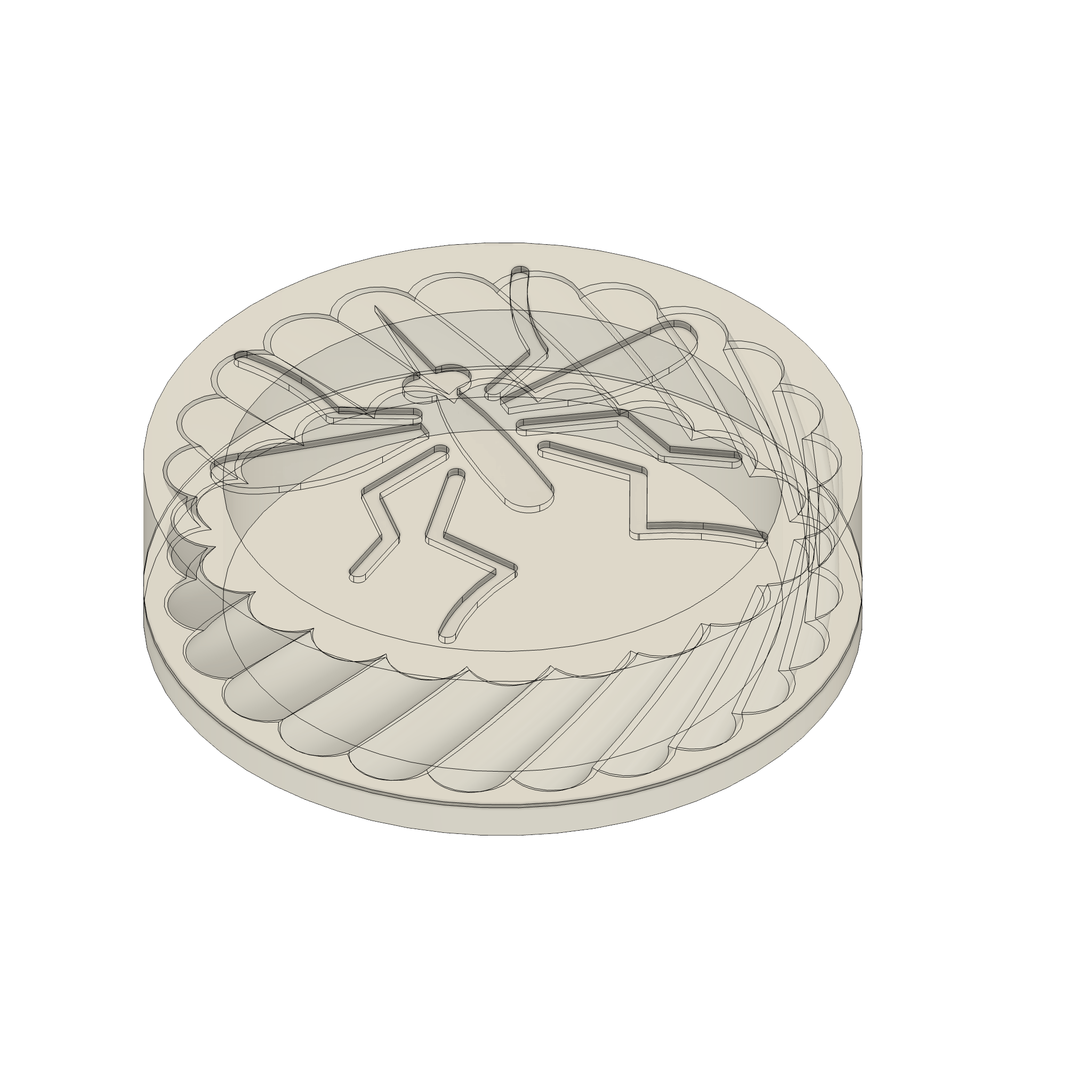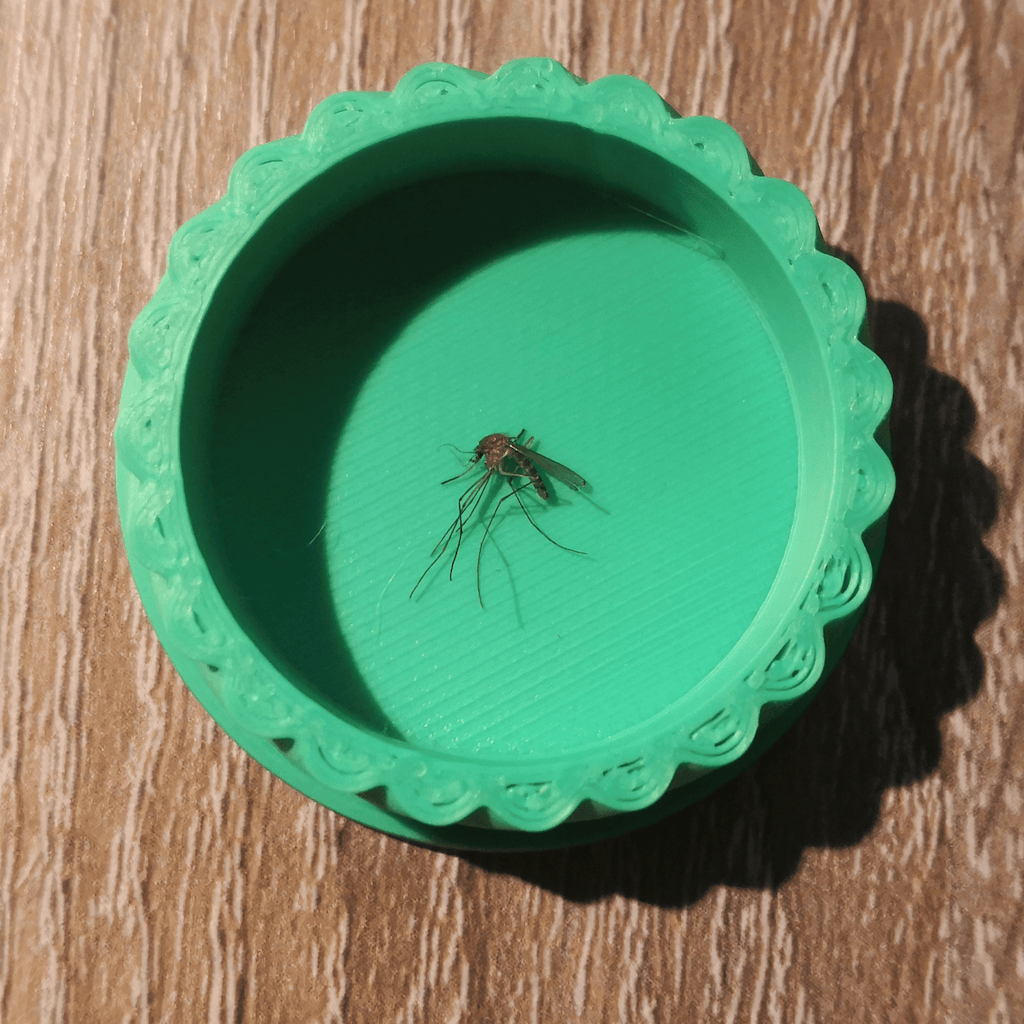Mosquitoes and Mückenatlas
Who hasn't been biten by a mosquito?
Mosquitoes, notorious for their itchy bites, are more than just a summertime nuisance—they are vectors for various diseases. Understanding the different mosquito species is crucial for public and animal health. In Germany, The Mückenatlas (Mosquito Atlas) stands as an exemplary citizen science project, offering individuals a unique opportunity to contribute to mosquito research actively.
The Mückenatlas
Launched in April 2012, The Mückenatlas is an extraordinarily successful citizen science initiative. The project engages citizens in collecting mosquitoes in their private surroundings. The collected specimens are then sent to research institutions such as the Leibniz Centre for Agricultural Landscape Research and the Friedrich-Loeffler-Institut. Expert entomologists will then identify the mosquitoes to species and provide the mosquito hunters with essential biological facts about the collected specimens.
How can i help?
1. Catching 📦
First we need to catch the mosquito. Preserving the integrity of the mosquito is key. Avoid smashing or swatting (even if you would like to :D). Instead, use closable containers made of glass, plastic, cardboard, or similar materials. Gently place the container over the resting mosquito and close the lid. Alternatively, use a piece of paper to slide under the container's opening before closing, ensuring the mosquito remains intact.
2. Freezing ❄️
To kill the mosquito, deposit the container into the freezer overnight. If there is visible humidity in the container after freezing, leave it open until dry.
3. Submitting ✉️
Transfer the dead mosquito without touching it to an unbreakable, closable container suitable for postal service, such as a film can or matchbox. I designed a simple box in my case. Don't forget to include the filled submission form found on the homepage of Mückenatlas. Ensure sufficient postage for the submission to reach the research institutions.


4. Results ✔
After a few weeks, participants receive an email containing the results of the identification process. In my case, the email revealed that the collected mosquito was a female Culex pipiens.
Conclusion
In conclusion, The Mückenatlas serves as a model for engaging citizens in scientific endeavors that directly benefit society. I encourage everyone to consider participating in similar citizen science projects, as these initiatives empower individuals to make a tangible impact on scientific research and public welfare.
Come back to this post later to learn more about mosquitoes.
To be continued...